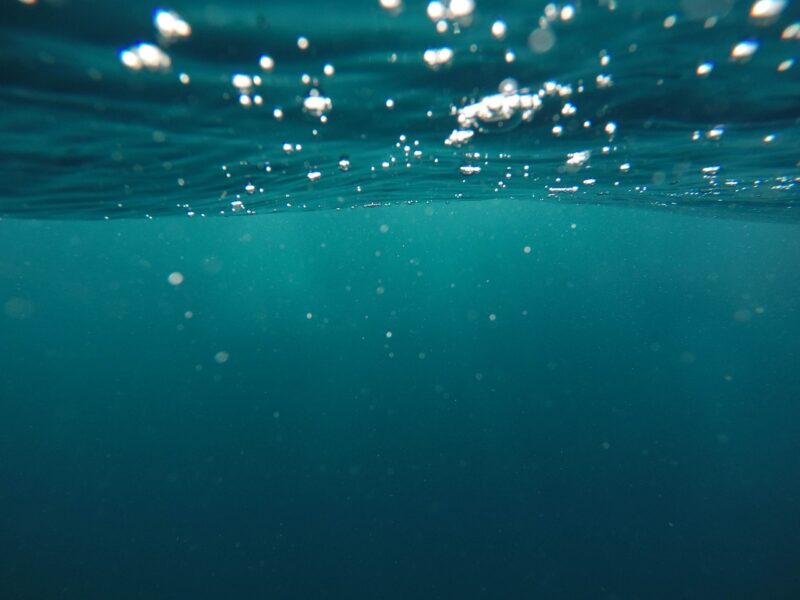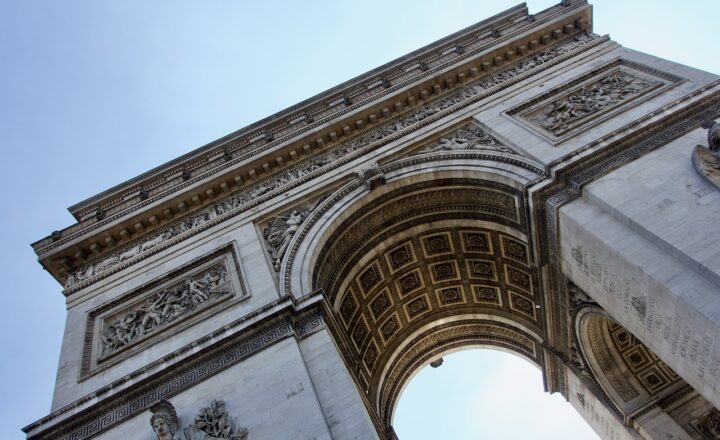The Most Stunning Underwater Discoveries That Changed Archaeology Forever
November 16, 2024

Underwater archaeology has opened new frontiers in our understanding of human history, revealing artifacts and sites that lie beneath the waves. The breathtaking finds made in seas and rivers have reshaped our knowledge of ancient civilizations, trade networks, and even natural disasters. In this article, we will explore some of the most stunning underwater discoveries that have fundamentally altered the field of archaeology.
1. The Antikythera Mechanism: The World’s First Analog Computer
Discovered in 1901 off the coast of the Greek island of Antikythera, the Antikythera Mechanism is often referred to as the world’s first analog computer. This ancient device was found in a shipwreck that dates back to around 100 BCE, and it has bewildered historians and scientists alike with its complex gearing and intricate design.
The mechanism was used to predict astronomical positions and eclipses, demonstrating the advanced scientific knowledge of the ancient Greeks. Its discovery shed light not only on the technology of the time but also on the sophistication of maritime trade routes that existed in antiquity. While many of the smaller components were deteriorated, the ingenuity displayed in the Antikythera Mechanism inspires ongoing studies and reconstructions.
2. The Lost City of Atlantis: Myth or Reality?
The search for Atlantis has captivated archaeologists and adventurers for centuries. While no conclusive evidence has been found to confirm its existence, numerous expeditions have investigated possible locations around the globe. The submerged ruins near the Caribbean, in particular, have drawn attention as potential remnants of Plato’s legendary city.
Artifacts discovered in areas like the Bimini Road present compelling yet ambiguous evidence of human activity. Having both elevated discussions on mythology and prompted serious archaeological inquiries, the quest for Atlantis continues to blur the line between myth and historical fact, showing how stories can shape our understanding of the past.
3. The Submerged City of Dwarka: A Piece of Indian Mythology
In 2000, marine archaeologists in India found evidence of a submerged city off the coast of Gujarat that many believe corresponds to the ancient city of Dwarka, famously mentioned in the Mahabharata. The discoveries included structures resembling streets, walls, and artifacts such as pottery and stone tools.
Dating back more than 5,000 years, these findings have been pivotal in understanding the development of urban planning in ancient civilizations and have offered insights into the maritime skills of early Indians. The underwater excavation has opened a dialogue about the historical and cultural narratives that intertwine with local mythology.
4. The Sunken Ships of the Black Sea
The Black Sea is home to some of the best-preserved shipwrecks, thanks to its anoxic, low-oxygen waters, which slow down decomposition. Using advanced remote sensing technology, researchers have uncovered more than 60 shipwrecks dating back to antiquity. These vessels, such as ancient Greek trading ships and Roman boats, provide unparalleled insight into maritime practices, trade, and historical navigation systems.
Among the most notable is a shipwreck believed to be over 2,400 years old, which reveals significant information about shipbuilding techniques used during that time. The discoveries have offered a deeper understanding of the economic and cultural exchanges that took place across the Black Sea and its surrounding regions.
5. The Great Barrier Reef: A Window into Marine Archaeology
The Great Barrier Reef is not only a UNESCO World Heritage site but also holds a trove of underwater archaeological sites. Artefacts from shipwrecks dating back to the 18th century, including those from battles between European nations, have been discovered among the corals.
One remarkable find is the wreck of the HMS Pandora, which sank in 1791 while searching for the mutineers of the HMS Bounty. Artifacts recovered from the wreck, such as bottles, ceramics, and navigational tools, are invaluable for understanding early maritime exploration and the interaction between indigenous cultures and European settlers.
6. The Shipwreck of the Nuestra Señora de Atocha
Sunk during a hurricane in 1622 while returning from the Spanish colonies, the Spanish galleon Nuestra Señora de Atocha held a treasure trove of artifacts and gold. Found by treasure hunter Mel Fisher in 1985, this shipwreck was one of the most significant underwater discoveries of the 20th century.
The recovery of items such as gold coins, silver ingots, and jewels provided not only a glimpse into Spanish colonial wealth but also influenced the study of maritime archaeology. The successes and failures faced while recovering the treasures from the Atocha have led to a better understanding of shipwreck recovery techniques and underwater preservation.
7. The Vatican Submerged Temple: New Frontiers in Archaeology
Recent research has suggested the existence of structures and artifacts that could date back to early Christian periods submerged near modern Vatican City. If verified, these findings would dramatically shift our understanding of early Christianity’s development and spread.
Artifacts excavated could provide evidence of ancient rituals or communal gatherings, prompting reevaluation of historical narratives surrounding the emergence of Christianity. As diving technologies improve and archaeological explorations expand into submerged urban landscapes, the potential for new discoveries grows exponentially.







